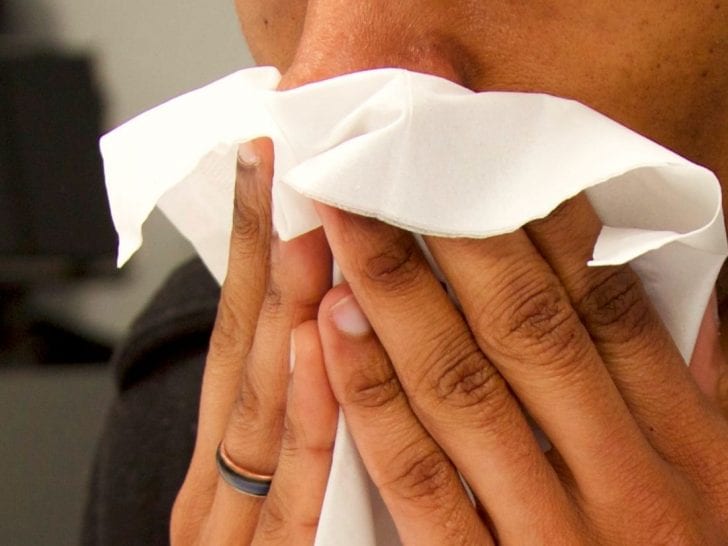Pollmageddon and The Pollening, these are just two doomsday terms to describe the onslaught of the allergy season.
Every year, people come up with the most creative moniker for it – previously it has been called Pollen Tsunami and Pollen Vortex – the time when spring paves way for plants to bloom, thereby releasing tons of pollen to the air, not much of an excitement for our respiratory tracts.
Currently, the phenomenon has been wreaking havoc in many places and the bad news is, it would be staying longer than the previous years.

Georgia and Tennessee have felt the wrath of the pollen season, while Chicago is nearing to feeling the same fury.
If you google key terms relating to the topic, thousands of pictures that looked like it was plastered with yellow spray paint would show up. Unfortunately, these photos aren’t altered.
Every year, experts would tell you again and again that the dreaded season would be worse than last year’s, and if you’re wondering if this year’s going to be different, then think again.
Worsening Allergy Season
Why are we even experiencing pollen season that’s lasting longer than ever? Surely there’s a science behind this, and as per scientists, the culprit is climate change.
Interestingly, this gives us a closer look at other consequences of the issue apart from floods and erosion.
According to a study published in The Lancet Planetary Health conducted by scientist Lewis Zika and others, there was a significant increase in pollen loads and the duration of the season.
The research looked at airborne pollen data in 17 areas from all around the globe for 26 years.
Uh-oh, sounds like bad news. Proponents guessed that this is a result of the extreme swing in temperatures. Not all locations had a surge in pollen, although the majority (12) of which had.
As for the longer duration of the pollen season, there’s an average addition of one day, which, although may not sound that long, is actually hellish for those with allergies.
The Severity of the Pollen Season

Just how severe are we talking about the uptick here? Just how massive we can be affected because of the upswing can be explained by the number of people with a pollen allergy trigger, one in every five Americans.
The case repeatedly proposed by experts is that the allergy season gets worse as climate change gets faster.
Take a look at Alaska, which is experiencing warming at an alarming rate, also has a higher risk for allergy. That’s not the end, sad to say.
Experts estimate that by 2040, pollen loads will double in some areas across the United States depending on the greenhouse gas emissions contribution.
The Rise in Pollen Counts

What causes the surge in pollen loads? The Union of Concerned Scientists explained that because of the increase in carbon dioxide levels that contributes to global warming, plant growth also hastens, which means there would be more pollen, which is naturally produced by plants as part of the reproduction cycle.
And because the phenomenon extends warmer days and delays colder ones, there would be more time for plants to grow, thus, longer allergy season.




